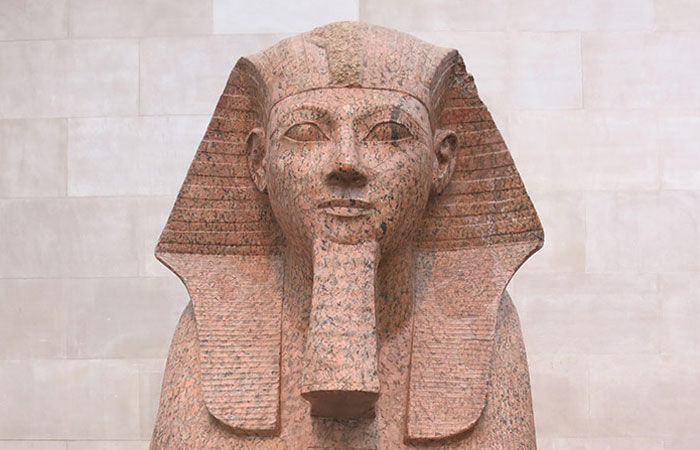
Female Pharaoh Hatshepsut: Whenever one hears about the history of ancient Egypt, images of pyramids, mummies and powerful men come to mind. This is because the system of that time was male dominated and only a man could be a king. But this system of thousands of years was challenged by some women. You may have heard of Queen Cleopatra. But very few people know about Hatshepsu. Hatshepsu was the first female queen of Egypt. He also ruled for a long time. But what happened was that after his death there were attempts to erase his name from history.
History of Hatshepsu
Hatshepsu was born into a royal family. His father Thutmose I was the first king of Egypt. When the king died, the new king of Egypt became Thutmose II, Hatshepsu's half-brother. In time, Hatshepsu and Thutmose II were married. But the new king also died soon.

Breaking the thousands of years old tradition of Egypt
In ancient Egypt only the son of a king could become king. So Thutmose II's son Thutmose III ascended the throne, although very young. Thutmose III was Hatshepsu's stepson, but according to custom, Hatshepsu ruled until Thutmose III came of age. A few years after taking over the reigns, Hatshepsu did something unheard of in Egypt. Queen Hatshepsu broke with thousands of years of tradition and declared herself king. Never before had a woman been king of Egypt. Some historians believe that Hatshepsu made this decision because many people wanted to take the kingdom away from her. When Hatshepsu assumed the title of king, she was strongly opposed. However, Hatshepsu maintained her grip on power and claimed that she belonged to the royal family. He claimed that his father had declared him as the successor.
Mandatory beards in idols and paintings
Hatshepsu and Thutmose III ruled ancient Egypt together as kings for 22 years. Meanwhile, Hatshepsu tried to create a new image of herself in the eyes of the common people. Hatshepsu ordered that her statues and paintings depict a male king with a beard and muscles. While serving as king, Hatshepsu began ambitious construction projects. His greatest achievement was the massive monumental temple at Deir el-Bahri, considered one of the wonders of ancient Egypt. Trade also flourished under his rule. Overall, Queen Hatshepsu was a successful ruler of Egypt, who was also very popular with the people. But his stepson did not accept this.

An attempt to erase Hatshepsu's name from history
Hatshepsu died in 1458 BC at the age of 40. Thutmose III tore down statues of his stepmother and Egypt's first female king as Hatshepsu left. He wanted to erase Hatshepsu's name from people's minds. Some historians believe that by doing this he wanted to consolidate his power. In this connection he demolished all the temples and monuments built by Hatshepsu. However, he could not succeed in his objective. Today, thousands of years later, people still remember Hatshepsu as a powerful female ruler.
Comments
Post a Comment
What you think about this NEWS please post your valuable comments on this article, we will immediately publish your comments on this page